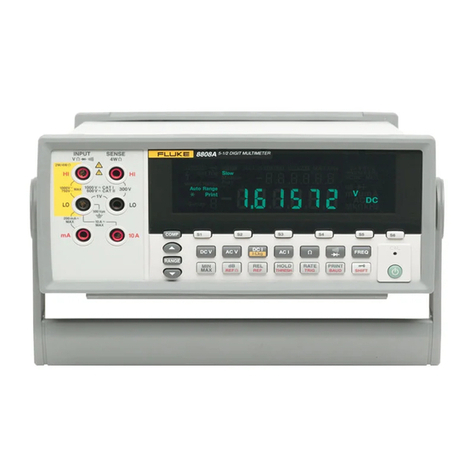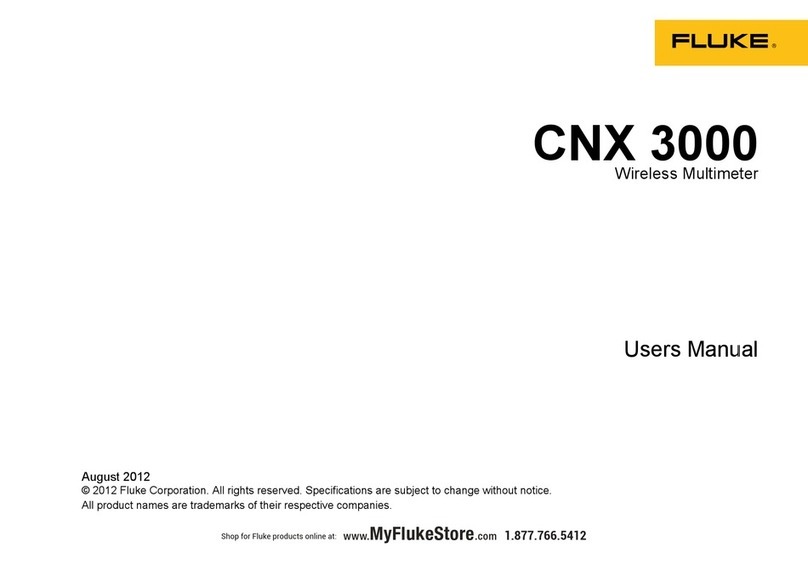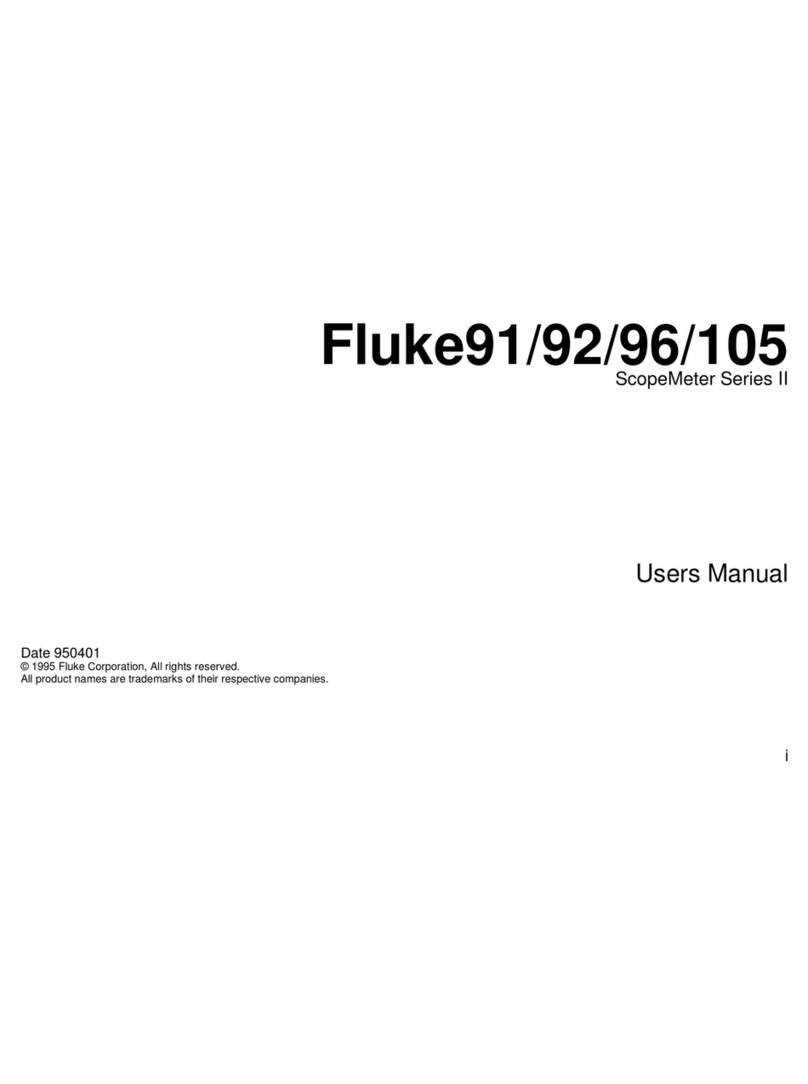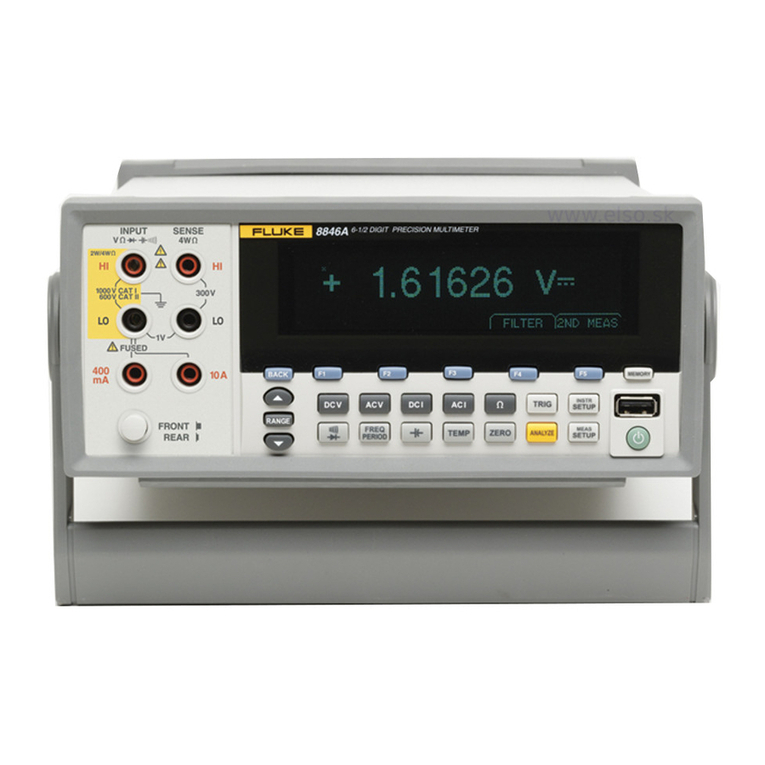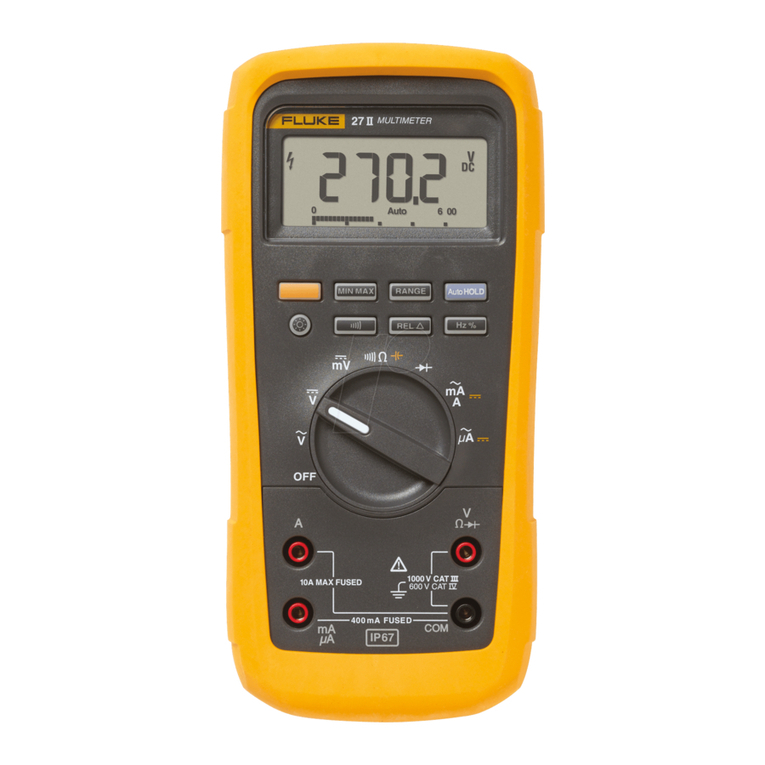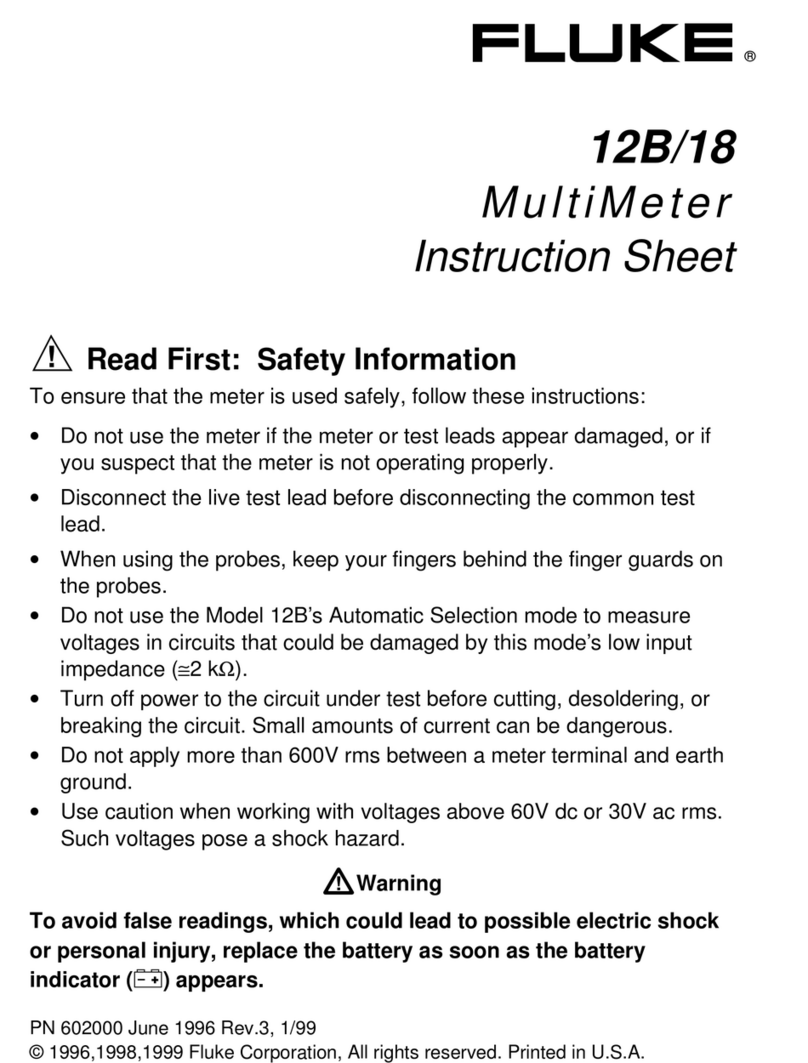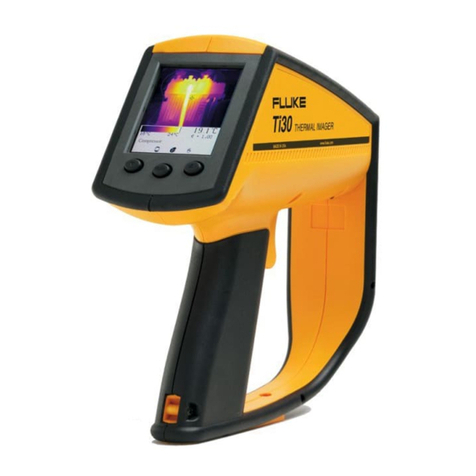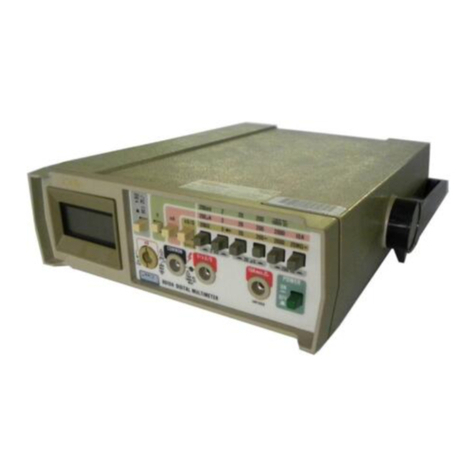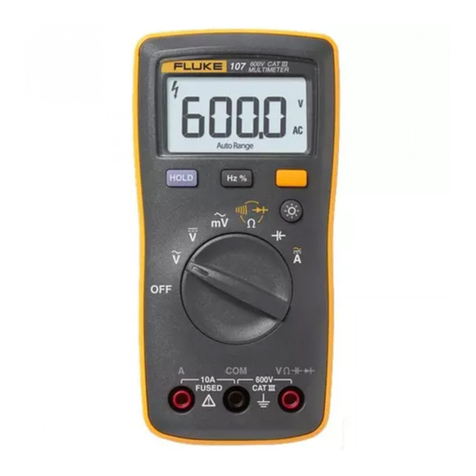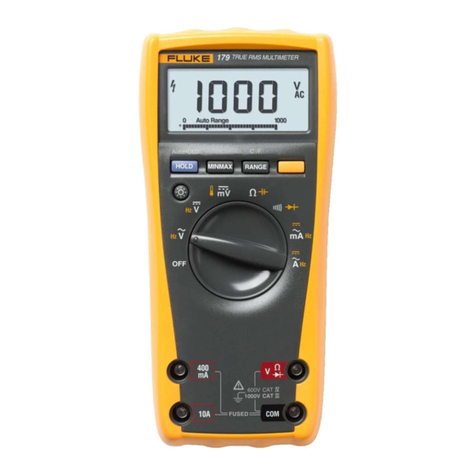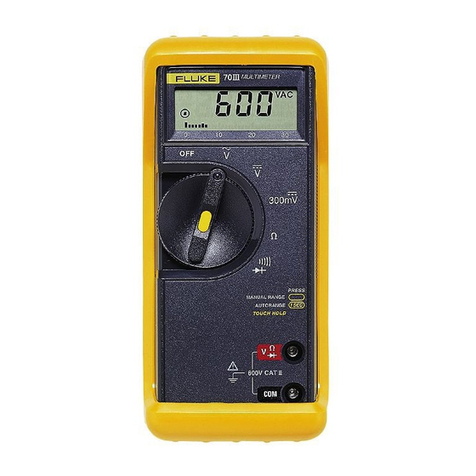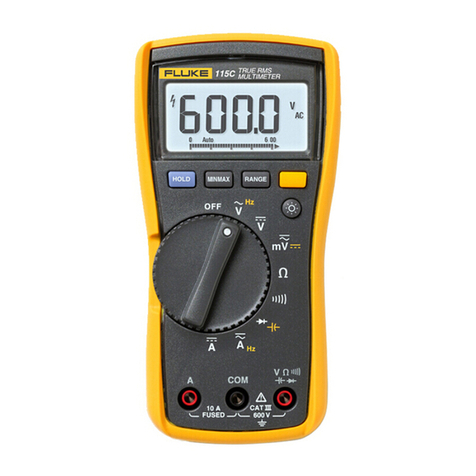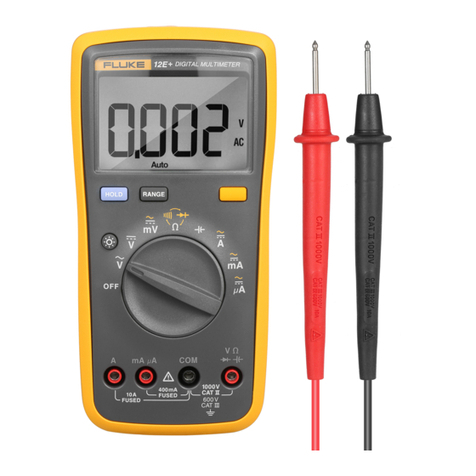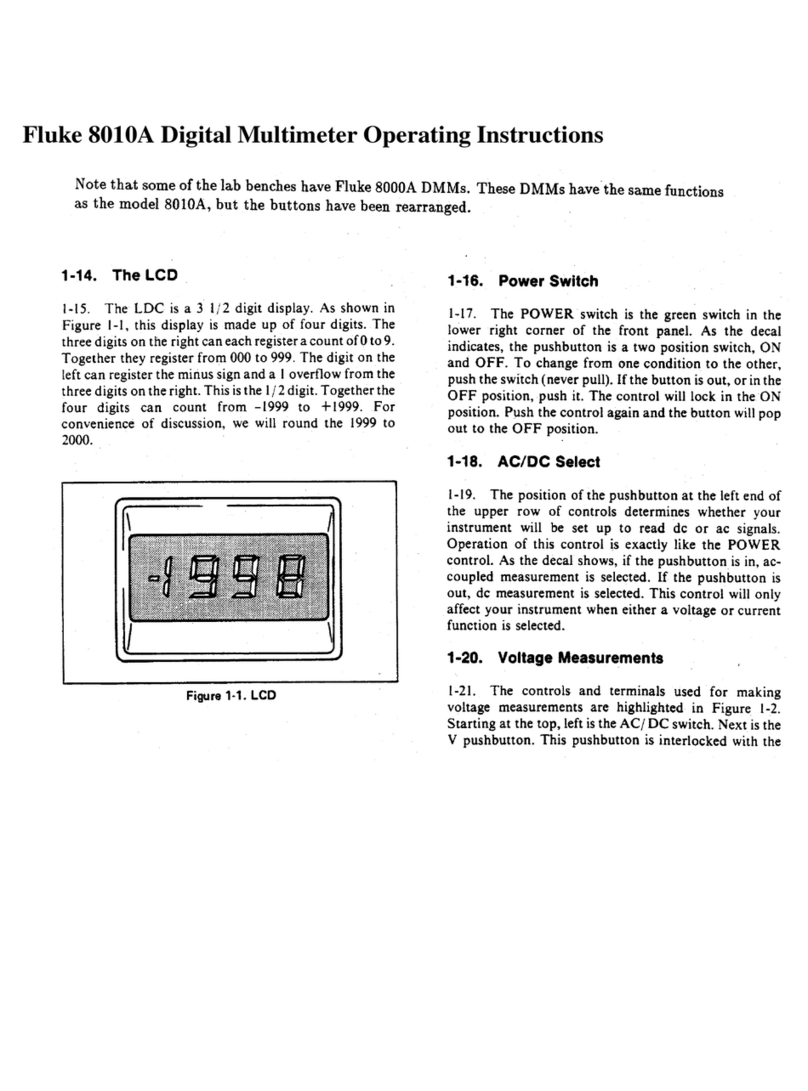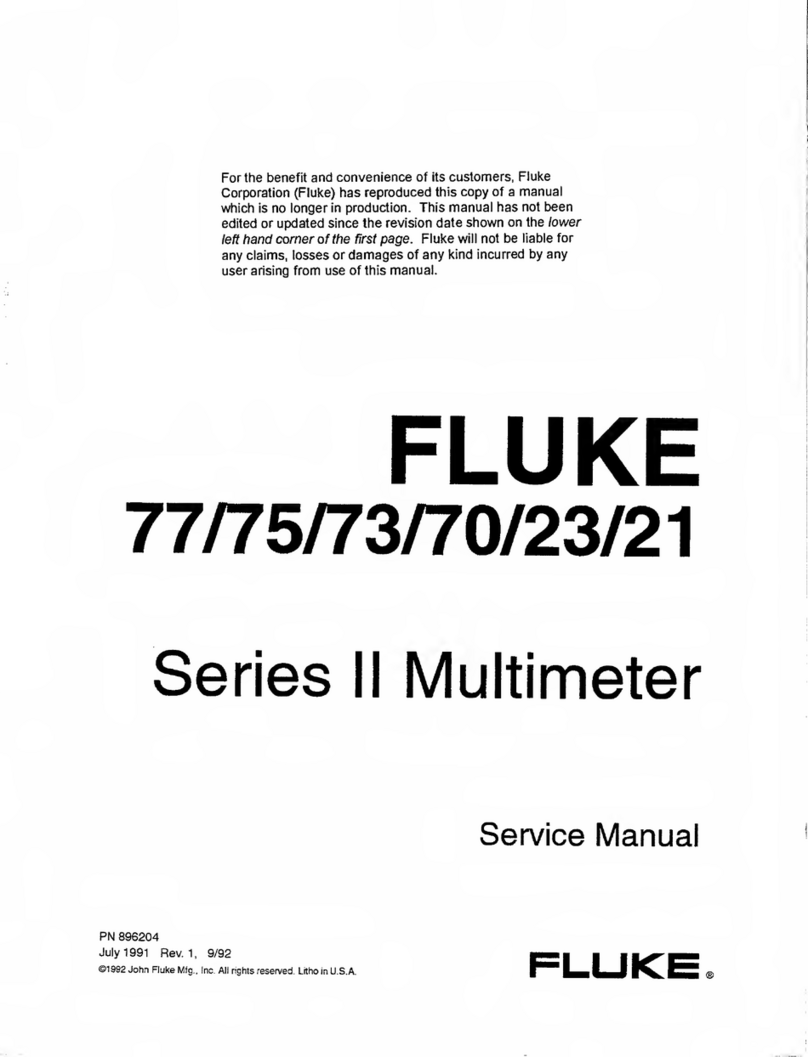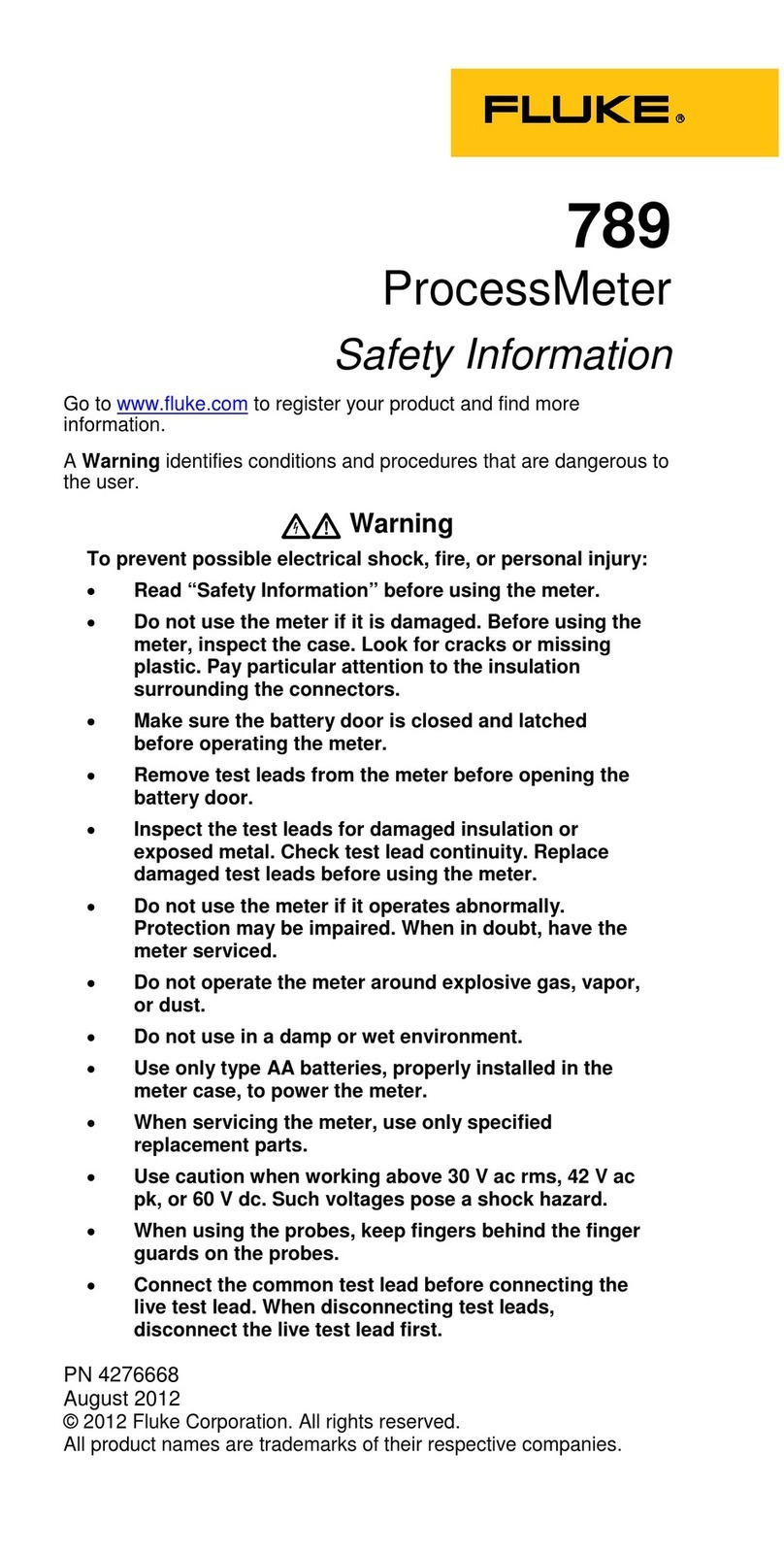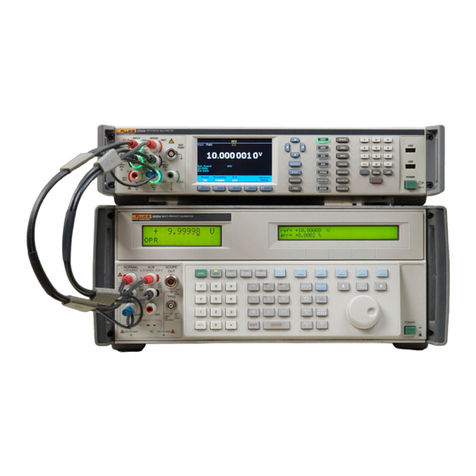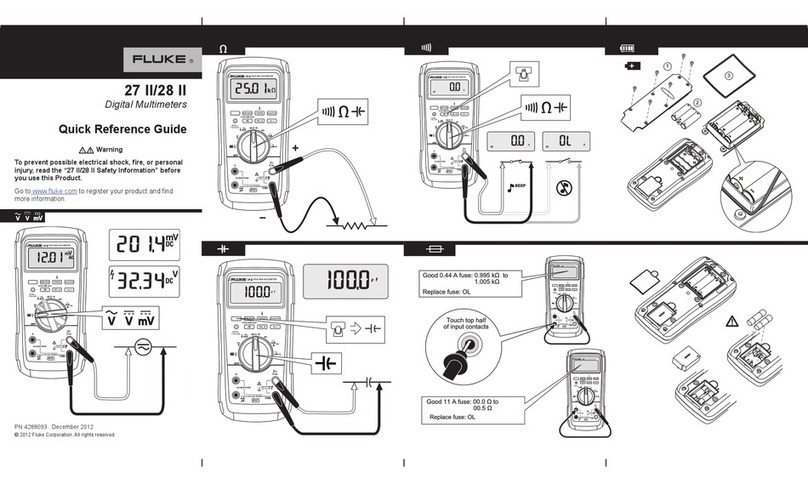
8508A
Service Manual
ii
3 Calibration and Verification................................................................ 3-1
Introduction........................................................................................................ 3-3
Calibration Overview......................................................................................... 3-3
Calibration Interval and Performance................................................................ 3-3
Calibration Points .............................................................................................. 3-3
Non-Nominal Values..................................................................................... 3-4
Enabling Access to Calibration Mode ............................................................... 3-4
Calibration Menus.............................................................................................. 3-4
Accessing the Calibration Menus and Calibration Mode .............................. 3-4
Calibration Menu........................................................................................... 3-4
SET VALUE Menu ....................................................................................... 3-5
SPOT CAL Menu .......................................................................................... 3-6
SPOT (1 to 6) RMS Menus ........................................................................... 3-6
SPOT FREQUENCY (1 to 6) Menu ............................................................. 3-6
Special Calibration ........................................................................................ 3-7
SPCL Menu ................................................................................................... 3-7
SER # = Menu ............................................................................................... 3-7
Hvlin Menu.................................................................................................... 3-8
Non-volatile input offset compensation............................................................. 3-8
Routine Calibration............................................................................................ 3-9
Equipment Required for Calibration ............................................................. 3-10
Preparing for Calibration............................................................................... 3-10
Interconnections ............................................................................................ 3-11
ADC Calibration............................................................................................ 3-14
DC Voltage Calibration................................................................................. 3-14
AC Voltage Calibration................................................................................. 3-16
Resistance Calibration ................................................................................... 3-18
DC Current Calibration ................................................................................. 3-25
AC Current Calibration ................................................................................. 3-27
Frequency Calibration ................................................................................... 3-28
Exit From Calibration Mode and Non-Volatile Input Offset Adjustment..... 3-29
Cal Due Date Entry and Calibration Mode Disable ...................................... 3-30
ACV Spot Frequency Calibration...................................................................... 3-30
Performance Verification................................................................................... 3-31
Equipment Requirements .............................................................................. 3-32
Interconnections ............................................................................................ 3-32
Applicable Verification Tolerance and Conditions ....................................... 3-32
Preparation..................................................................................................... 3-33
DC Voltage Checks ....................................................................................... 3-33
AC Voltage Checks ....................................................................................... 3-35
Resistance Checks ......................................................................................... 3-37
DC Current Checks........................................................................................ 3-40
AC Current Checks........................................................................................ 3-41
Frequency Checks ......................................................................................... 3-43
4 Maintenance......................................................................................... 4-1
Introduction........................................................................................................ 4-3
Access Procedures ............................................................................................. 4-3
Before You Start............................................................................................ 4-3
Cabling and Wiring Connections .................................................................. 4-4
Removing the A1 DC PCA ........................................................................... 4-5
Removing the A2 AC PCA ........................................................................... 4-6
Removing the A3 Ohms PCA ....................................................................... 4-7
Removing the A4 Digital PCA...................................................................... 4-8






